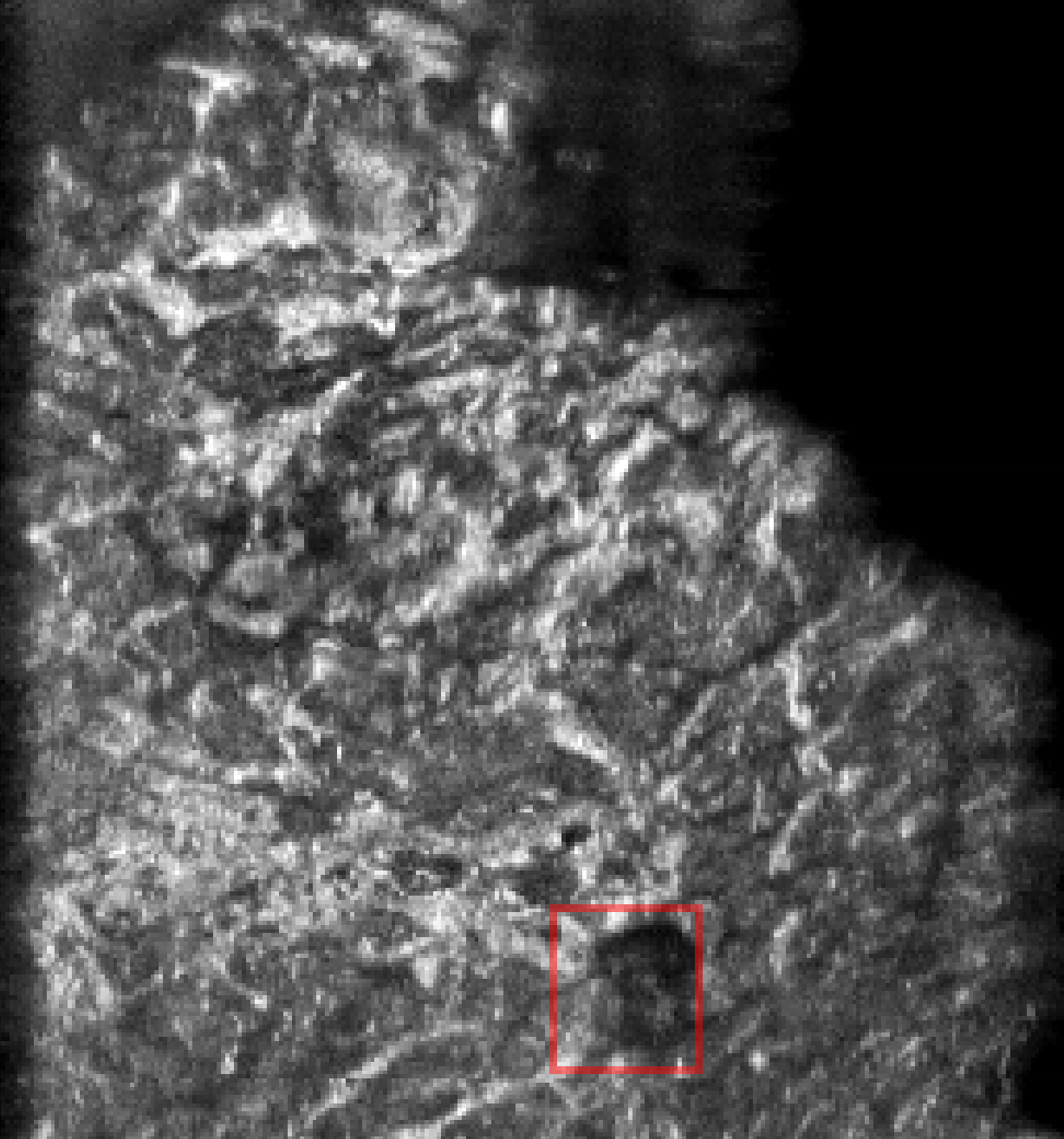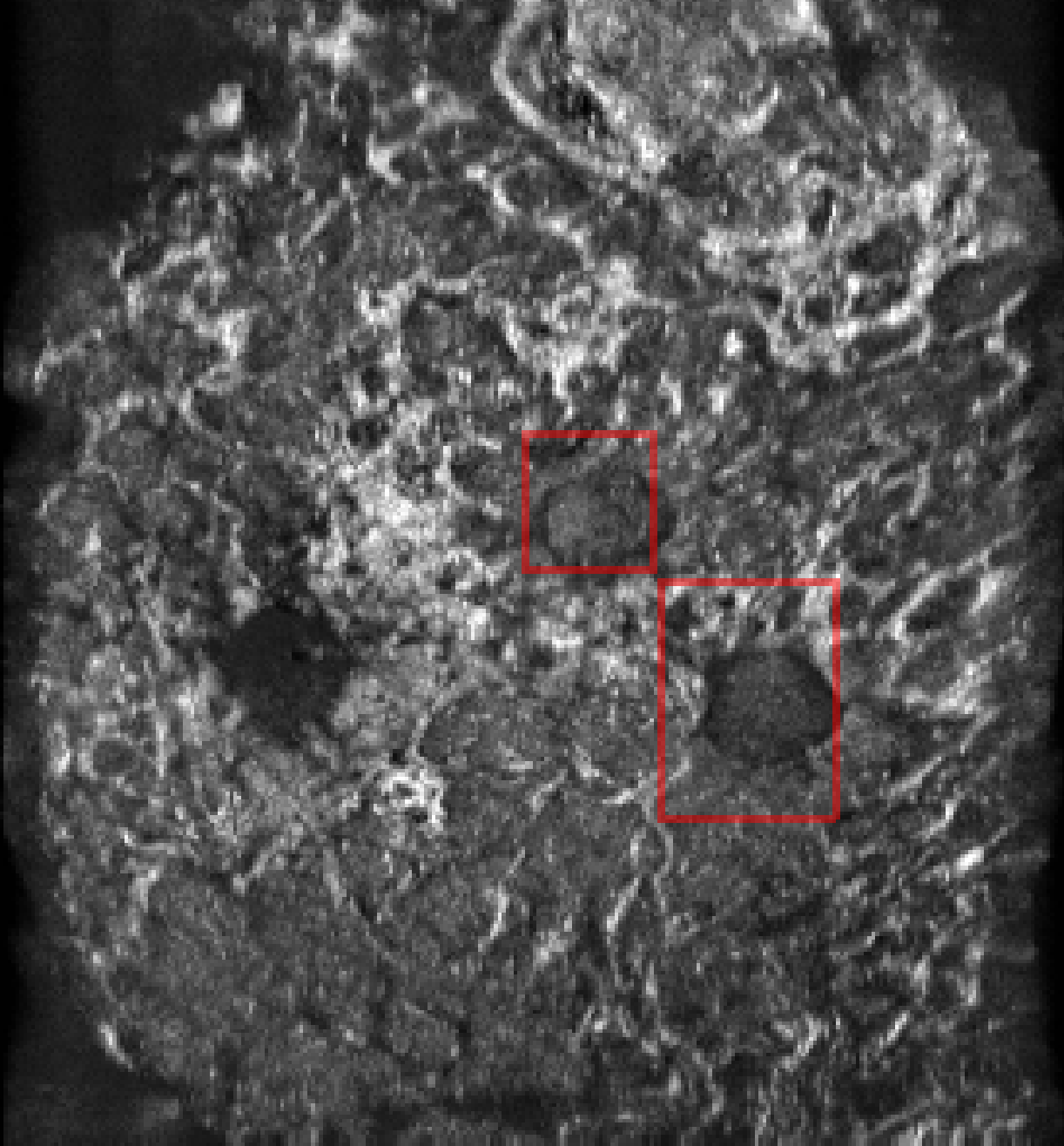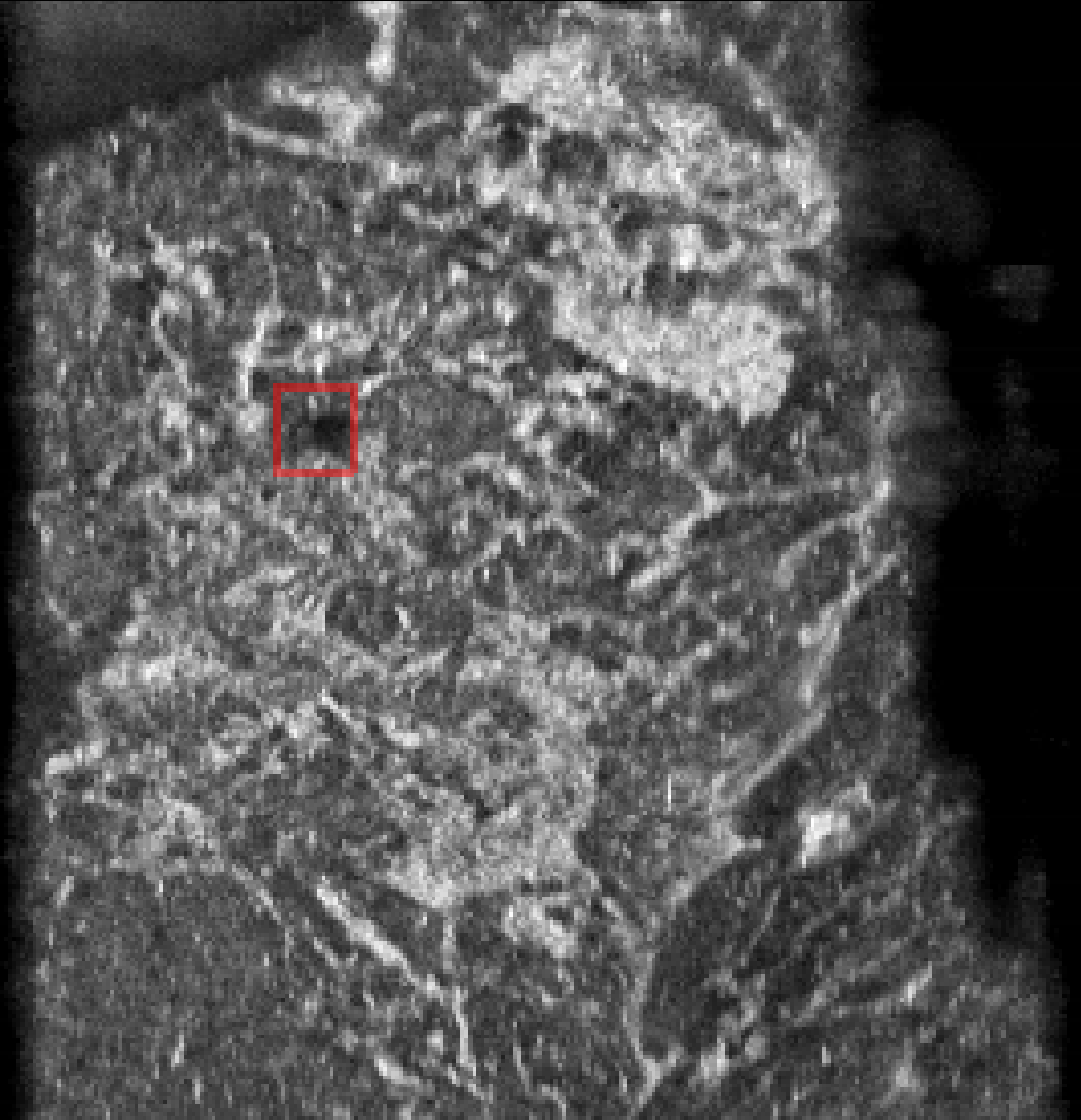Breast cancer detection and diagnosis
Project Leaders
Xiangyu Xiong
Partner Organisations
杭州市第一人民医院

Project Leaders
Xiangyu Xiong
Partner Organisations
杭州市第一人民医院

Project Example



These pictures show the detection results of our breast cancer detection model in the ABUS data set, and the masses in the red border box are the breast masses detected by the model.